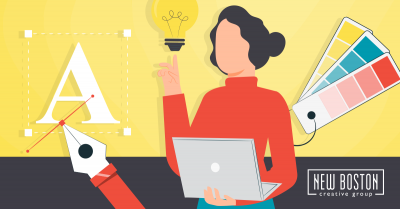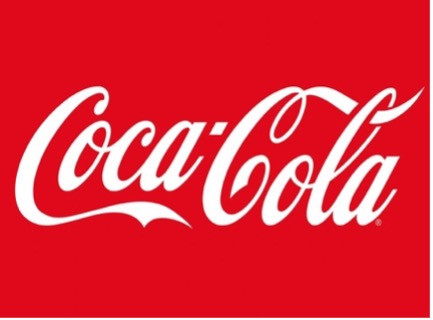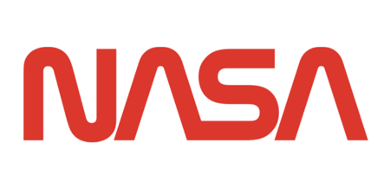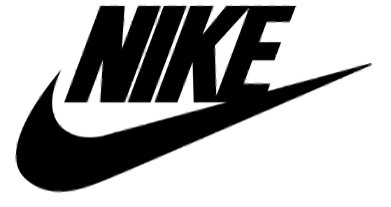What Makes an Effective Logo?
by Maike Torrez on April 5, 2022
Have you had an idea in your head for awhile and finally feel like it’s time to make your dream a reality? If it has anything to do with a business idea, you’ll need a logo! Here are some tips to make sure your logo will do its job.
What exactly is the job of a logo?
Let’s get started with answering this question first. To give you a short answer, a logo needs to be a good representation of your business in a visual form. Now, this is where it gets a little dicey. Just because your logo plays a big role in representing your business, it doesn’t have to communicate the whole story to your customer. That’s where marketing comes into play to fill in the blanks — it goes hand-in-hand with your logo. A logo can’t guarantee you success. You can have the greatest logo in the world, but your product or business idea must be just as great, because if your product is mediocre, even the best logo can’t fix it. If you have the whole package and invest in some good marketing to get the word out, you are on the right path and might just have started something great.
But to come back to your logo design, don’t make the mistake of trying to cram too much information into it. Sometimes it is not about visualizing every single aspect of your business, but more about the overall feel. A good example would be the logo for a restaurant. You don’t want a logo that literally shows every single food item of the menu, but rather a logo that evokes a feeling in your customers. Do you sell comfort food and want to make your customers feel at home? Is it a 5-star restaurant and you want to put the emphasis on an exquisite dining experience? Or is it a fast-food restaurant where people don’t expect to spend lots of time? You see, all these examples call for a different type of logo with a different vibe.
What are the different kinds of logos?
You already knew that it wasn’t going to be THAT easy. Here are several types of logos, and you can choose which kind would be best for your business.
1. Wordmark/Logotype: If a logo just consists of your company name, it’s called a wordmark or logotype — think Coca-Cola. This may seem like the easiest option, but it really is not. You can’t just slap your name down in a font and call it a logo. Most fonts used for logotypes are hand tooled and are somehow enhanced or tweaked to create a beautiful and unique logotype.
2. Lettermark: Another option like the logotype is a lettermark. It consists of the abbreviation of a company name — think NASA. If you have a really long name, a lettermark might be a good choice for you and you can always add your full name at the bottom.
3. Pictorial mark, abstract logo mark or mascot: Examples are the Apple logo, the Nike logo swoosh or The Pillsbury Doughboy. A true pictorial or abstract logo mark is eventually recognized on its own and doesn’t need the brand name for identification, which can be problematic with new brands.
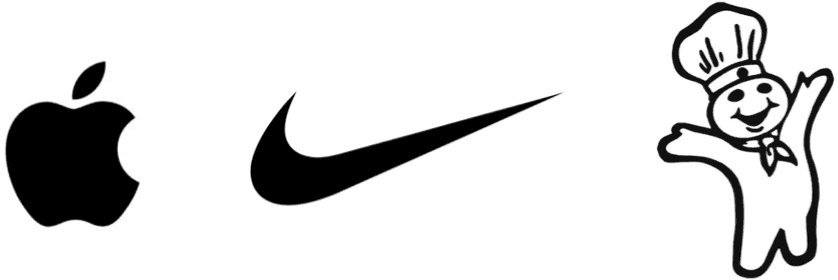 4. Combination mark: The combination mark merges a symbol with a wordmark or lettermark. It can give you the best of both worlds — having a picture as well as your name spelled out. There are a lot of combination marks out there. Nike started out as a combination mark, but the swoosh is now also used as an abstract logo mark all by itself.
4. Combination mark: The combination mark merges a symbol with a wordmark or lettermark. It can give you the best of both worlds — having a picture as well as your name spelled out. There are a lot of combination marks out there. Nike started out as a combination mark, but the swoosh is now also used as an abstract logo mark all by itself.
Now that we have talked about all the different kinds of logos, we should look at some design aspects that can help make your logo most effective. There are two questions you need to answer first: What does my business stand for? Who is my target audience? Your answers will help you decide on the style of a logo as well as which colors and font to use.
What are some characteristics of a good logo?
Your logo needs to work on a billboard as well as on a small business card. If a logo is too detailed, it can be hard to recognize everything on a small scale—or see all the elements while whizzing by at 80 miles per hour. Pixel pictures or photos are not suitable as a logo either — they can’t be scaled to fit a billboard without losing quality and don’t reproduce well on different media. Sometimes it’s harder to print gradients consistently well and you also might want a black and white version of your logo in case there is no color or only one color available.
The easiest way to ensure that your logo will work on either a big or small scale is to go with a simplified logo, one that is easy to read and recognize. Of course, abstract logos sometimes leave room for interpretation, which can be a good thing — as long as people don’t associate the abstract symbol with something negative. That’s why you should always have more than one pair of eyes look at your logo to make sure that doesn’t happen. And don’t think it never happens, there are tons of examples of bad logos out there that will make you cringe, but apparently nobody noticed.
As far as legibility goes — make sure to use an easy-to-read font that matches your company vibe (e.g., modern, trustworthy, established, fun) and appeals to your target audience. You do want a logo that is as unique as your company, but don’t try to accomplish that with a crazy font that nobody can read easily.
Another way to set your logo apart and make it effective is color. You want to represent your company values, and colors play a big role in triggering emotions. You can use this to your advantage and push your logo in the right direction by picking the appropriate colors. Learn more about color theory in this blog.
If you keep all this in mind and find a talented designer to bring your idea to life, you’ll most likely end up with a beautiful logo that does its job: representing your business well.
And if you still need some help along the way (and decide against asking your neighbor’s daughter to whip up a logo), you know where to find us!


